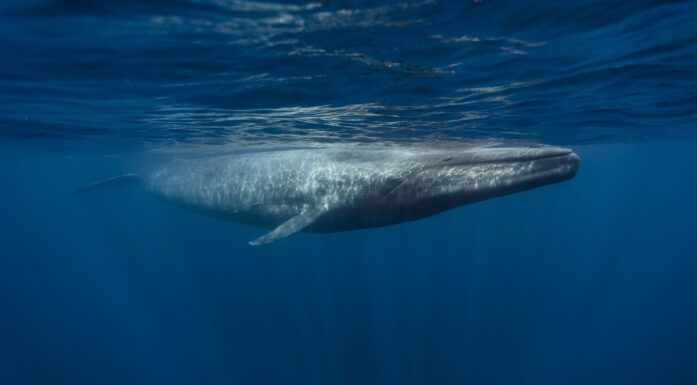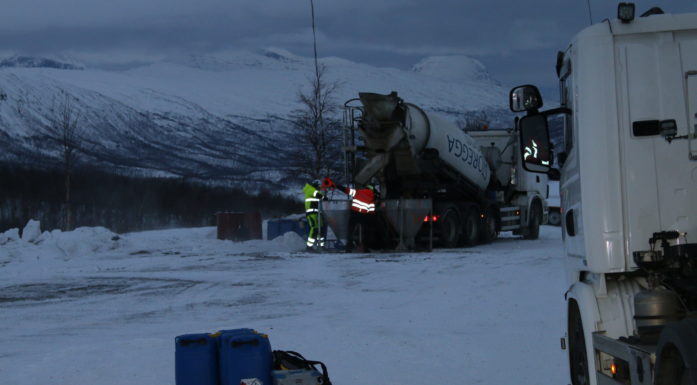Japan-Norway Arctic Science and Innovation Week
Representatives from Japanese and Norwegian universities, research institutions, government agencies and industries interested in polar issues will gather in Tokyo in early June to present research results and build partnerships.
ARCTIC RESEARCH: Japan may seem far from the Arctic, but it has long been an active member of the global research community in studying everything from marine ecosystems to pollution in Arctic, with research stations in Ny-Ålesund in Svalbard, and in Antarctica in Drønning Maud Land.
In early June, academics, research funding agencies, industries and government officials from both Norway and Japan who work with polar issues will gather in Tokyo for the Japan-Norway Arctic Science and Innovation Week, where much of this research will be discussed.
“The Arctic is important for Norway, and it is important for Japan,” said Svein Grandum, Counsellor, science, technology and higher education at Innovation Norway’s Japan office, who helped organize the event.
The goal of the gathering is “to strengthen cooperation between leading Norwegian and Japanese institutions actively involved in research, higher education and industry/business activities in the Arctic and the Antarctic,” according to the organizers.
Sveinung Løset, director of NTNU’s Sustainable Arctic Marine and Coastal Technology (SAMCoT) programme, will be among the speakers at the event. As the Arctic’s summer sea ice cover shrinks, more and more countries, including Japan, are considering the use of the northern sea route across the top of the globe. SAMCoT’s research is focused on ensuring that marine and coastal operations in the Arctic are both safe and with minimal environmental impact.
Here’s a sampling of results from SAMCoT’s research:
Keeping Arctic villages, infrastructure from falling into the sea
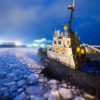
The Arctic is set to be a 21st century boomtown, as summer sea ice melts away, opening the area to increased trans-Arctic shipping and oil and gas development. A new understanding of Arctic coastal erosion offers clues to how to best protect the docks and other infrastructure this development will bring.
Drilling down to understand sea ice
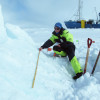
Global warming is upending virtually everything that scientists know about the Arctic ice cap. During the first half of 2015, a multinational team of researchers froze the RV Lance into the Arctic ice to learn more about how this ice has changed. NTNU researchers were among the scientists seeking to learn more about this changing environment.
Working safely to protect a cold, remote place
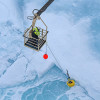
Researchers with NTNU’s Sustainable Arctic Marine and Coastal Technology centre don’t just study health, safety and environment (HSE) issues in their research in the High Arctic – they live HSE first hand. That first-hand experience makes industry safer, and protects the Arctic’s fragile environments.
Celebrity ice
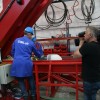
Not since the Titanic has a block of ice been quite so famous. In early June, Discovery Channel Canada came to NTNU’s Structural Impact Laboratory (SIMLab) to watch ice researchers from NTNU’s Sustainable Arctic Marine and Coastal Technology programme use a giant machine to simulate what happens when a ship slams into an iceberg.
Crash course
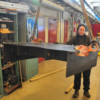
As the Arctic Ocean’s summer ice cap melts away, new trans-Arctic shipping routes will open and see a growing amount of shipping traffic. But what’s the best way to protect ships and other ocean structures if they crash into icebergs?
Secrets of the High North 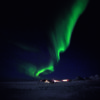
The Norwegian arctic island archipelago of Svalbard offers scientists the chance to investigate some of the most intriguing – and perplexing – puzzles facing the high north.
